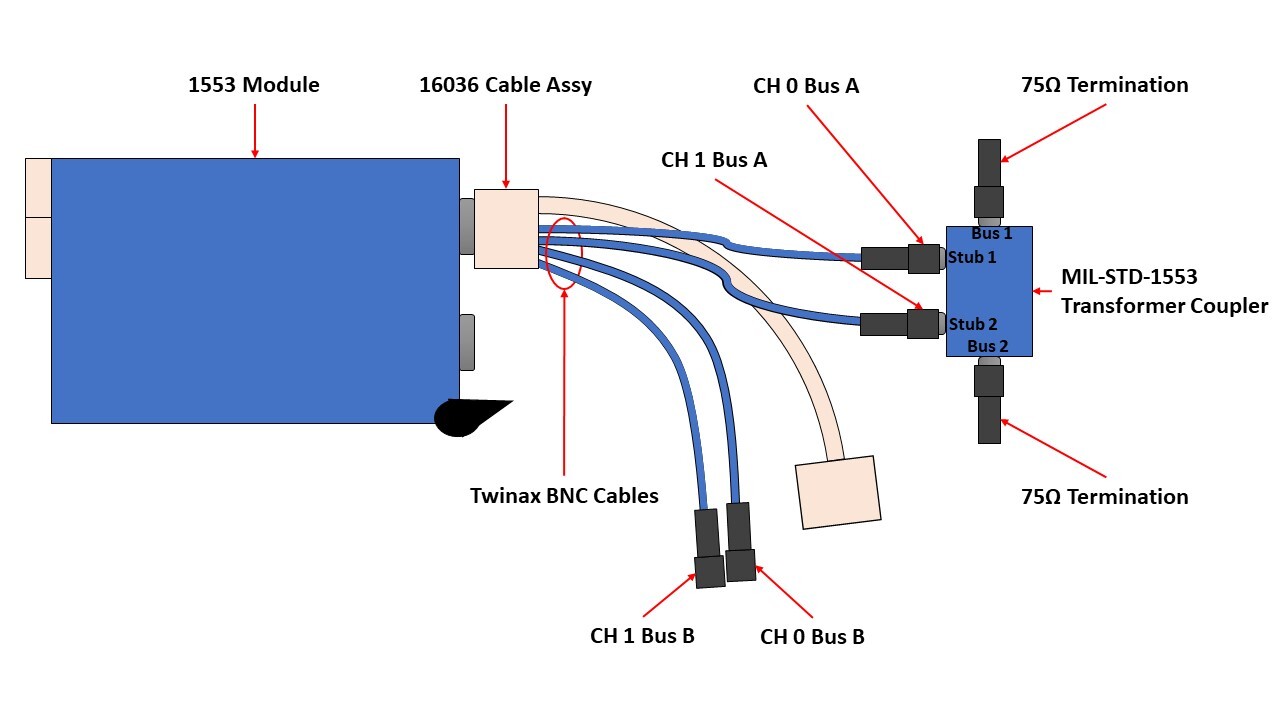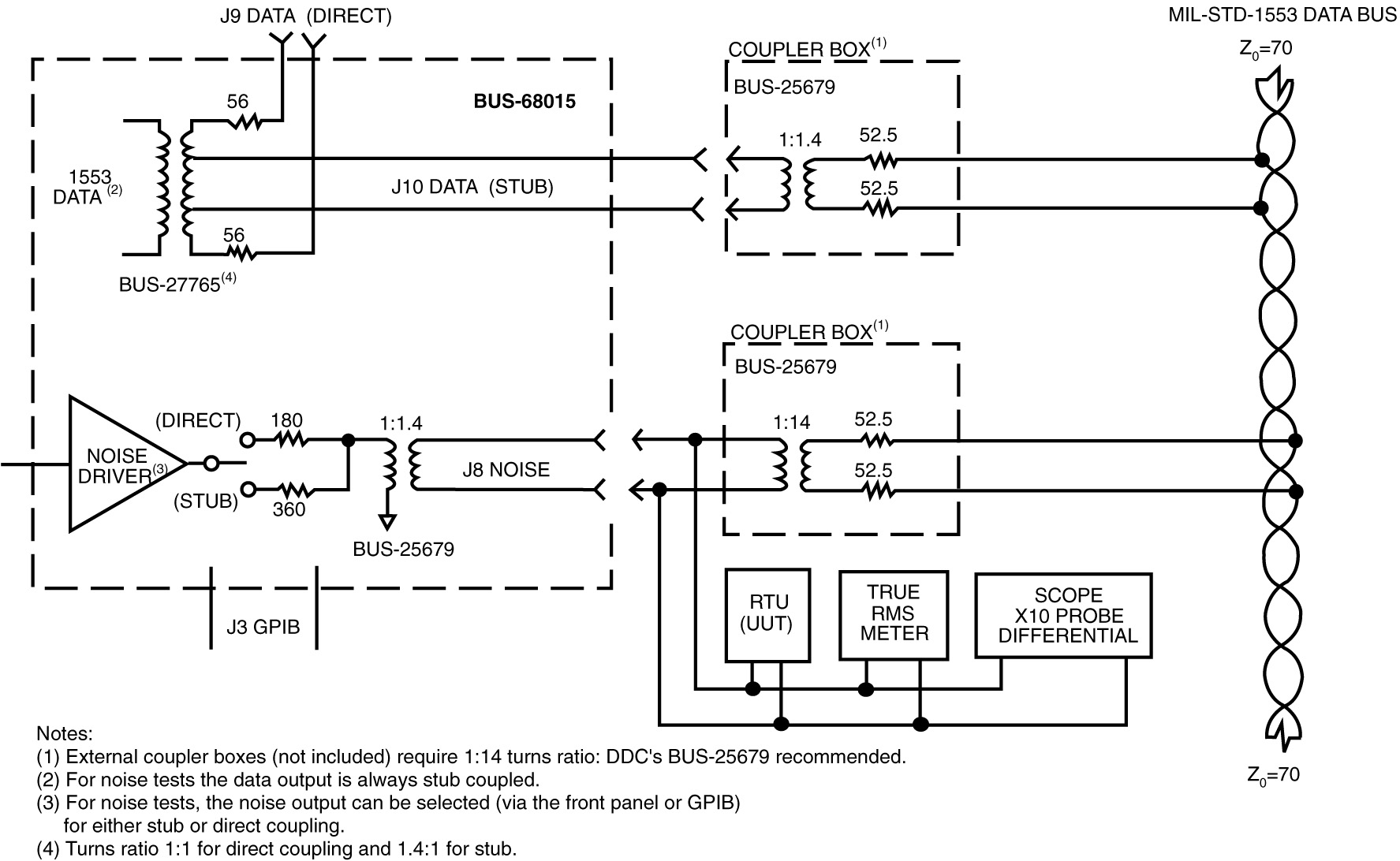This research paper aims to provide an in-depth understanding of MIL-STD-1553 testing and highlight the best practices and procedures for effectively testing MIL-STD-1553 systems. MIL-STD-1553 is a widely used standard for data communication in avionics and military applications. Testing plays a crucial role in ensuring the reliability and performance of these systems. By following the recommended best practices and procedures outlined in this paper, organizations can streamline their testing processes and improve the overall quality of their MIL-STD-1553 systems.
Introduction
MIL-STD-1553 is a military standard that defines the requirements for a digital time-division command/response multiplex data bus. It is extensively used in avionics and military systems for reliable data communication between various subsystems. As these systems are critical, rigorous testing is necessary to ensure their proper functioning under different operating conditions.
Importance of Testing
Thorough testing is crucial for MIL-STD-1553 systems to identify and rectify potential issues before deployment. It helps verify compliance with the standard, validates interoperability with other systems, and ensures system reliability, performance, and safety. Effective testing minimizes the risk of failures and reduces the overall lifecycle costs by identifying and addressing problems early in the development cycle.
Best Practices for MIL-STD-1553 Testing
3.1 Test Planning
Define clear test objectives and requirements.
Identify the scope and boundaries of the testing.
Develop a comprehensive test plan that outlines the test strategy, schedule, resources, and responsibilities.
Consider both functional and non-functional testing aspects.
3.2 Test Environment
Create a representative test environment that mimics the actual operating conditions of the MIL-STD-1553 system.
Utilize simulation tools or hardware-in-the-loop (HIL) setups to replicate realistic scenarios.
Ensure the test environment is properly configured and calibrated.
3.3 Test Case Design
Develop test cases that cover all aspects of the MIL-STD-1553 system, including different message types, error handling, and fault tolerance.
Design test cases to validate compliance with the standard and verify system behavior under normal and abnormal conditions.
Prioritize test cases based on their criticality and impact on system functionality.

3.4 Test Execution
Execute test cases systematically and record test results accurately.
Monitor and measure system performance during testing.
Document any observed issues or anomalies and track them for resolution.
Perform regression testing to ensure that fixes or changes do not introduce new problems.
3.5 Test Reporting and Documentation
Generate comprehensive test reports that summarize the testing process, results, and observations.
Include detailed information about the executed test cases, their outcomes, and any issues encountered.
Document any changes made to the system during testing.
Maintain proper documentation for future reference and audit purposes.
Procedures for MIL-STD-1553 Testing
4.1 Interface Testing
Verify the proper functioning of the physical and electrical interfaces of the MIL-STD-1553 system.
Validate the compatibility and integrity of data transmission between subsystems.
Perform checks for signal quality, timing, and noise immunity.
4.2 Protocol Compliance Testing
Ensure compliance with the MIL-STD-1553 standard, including message formats, word structures, and error detection/correction mechanisms.
Validate the handling of different message types, such as command, data, status, and mode codes.
Test the system’s response to error conditions and abnormal situations.
4.3 Performance Testing
Evaluate the system’s ability to handle high traffic volumes and maintain reliable communication.
Test the system’s response time for critical operations and ensure it meets the required performance criteria. Conduct stress testing to determine the system’s behavior under extreme conditions.
4.4 Interoperability Testing
Verify the interoperability of the MIL-STD-1553 system with other systems and devices it needs to interface with.
Test the system’s compatibility with different manufacturers’ equipment and configurations.
Validate the exchange of data and commands between interconnected subsystems.
4.5 Fault Tolerance and Error Handling Testing
Assess the system’s ability to handle errors, faults, and abnormal scenarios.
Test the error detection and correction mechanisms incorporated in the MIL-STD-1553 system.
Validate the system’s response to fault conditions and its ability to recover and resume normal operation.
4.6 Environmental Testing
Subject the MIL-STD-1553 system to environmental conditions it is likely to encounter in its operational context.
Conduct tests for temperature, humidity, vibration, shock, and electromagnetic interference (EMI).
Verify the system’s robustness and resilience in challenging environments.

Conclusion
Thorough and systematic testing is essential for ensuring the reliability, performance, and compliance of MIL-STD-1553 systems. By following the best practices and procedures outlined in this white paper, organizations can streamline their testing processes and improve the overall quality of their systems. Effective testing helps identify and resolve issues early, minimizes the risk of failures, and ultimately contributes to the successful deployment and operation of MIL-STD-1553 systems in avionics and military applications. Adopting these best practices and procedures will enable organizations to achieve optimal system performance, interoperability, and safety.





